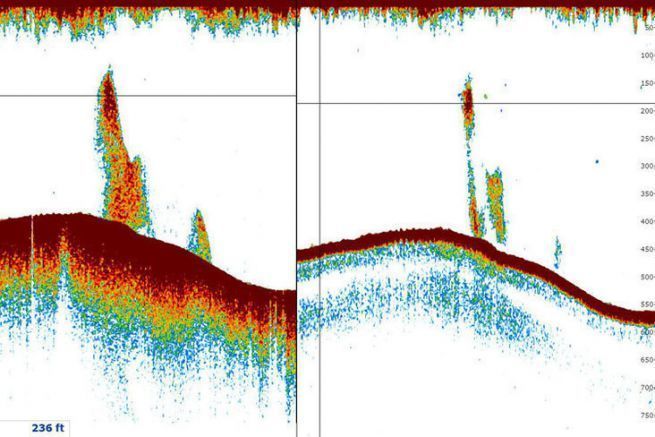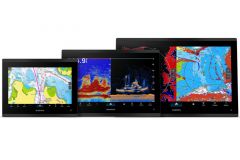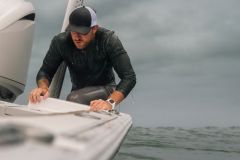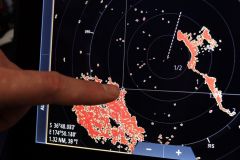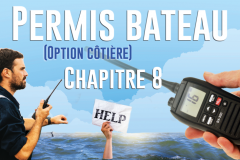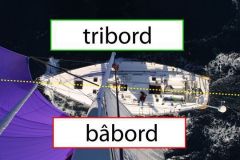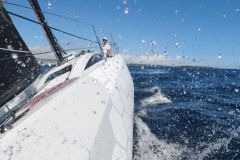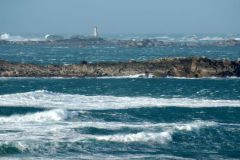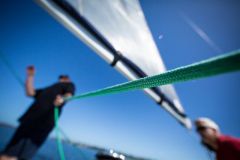Traditional pollsters
The sonar principle is simple. The unit sends a brief sound into the water (in this case, an ultrasonic sound that is inaudible to the human ear). This sound bounces off the bottom and returns to the sounder. This device measures the time between the outward journey and the return journey and, since it knows the speed of propagation of the ultrasound in the water, it determines the depth.
A single sonar unit operates on a single, fixed frequency. Depending on the depth of the bottom, frequencies of 50 or 200 kHz are usually chosen. A short wave (200 kHz) improves resolution, but the weaker signal is limited at depth. Conversely, a long wave (50 kHz) penetrates the water layer better, but decreases in accuracy.
What is CHIRP?
CHIRP stands for Compressed High Intensity Radar Pulse. Instead of simply sending a signal at a fixed frequency, a CHIRP sonar unit sends a modulated signal over a wide frequency range. The receiver processes the signal level, but also the frequency of the received signal. It works on a narrow frequency band. This processing is made possible by the processing capabilities of recent digital processors.
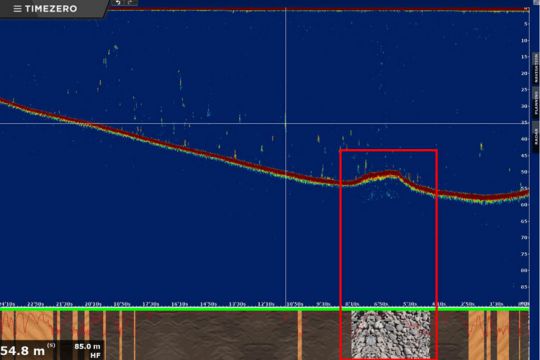
Why is CHIRP a friend of fishermen?
CHIRP fishfinders provide higher resolution, better target discrimination and more detailed imaging. If several fish are grouped together, a conventional sonar unit will show only a single echo, but a CHIRP unit can distinguish between them. The same is true for fish that are close to the bottom. The sonar can "break them up".
Who offers CHIRP probes?
All manufacturers have CHIRP fishfinders in their catalogs today. Whether their name is Furuno, Garmin, Raymarine, Humminbird, Lowrance or Simrad... The increasingly powerful processors behind these beautiful displays allow this type of signal processing. But you still need to equip your sonar with an appropriate sensor. Today Airmar is the leader in this field and supplies all market players.
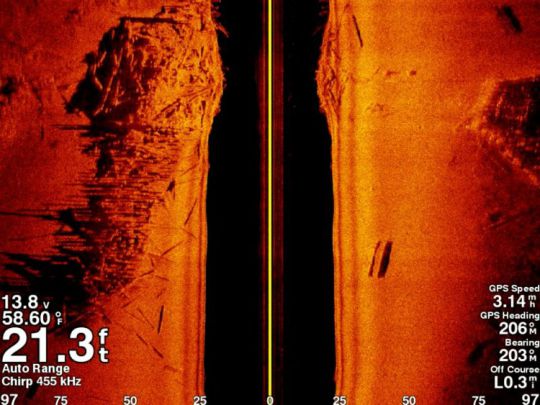
The effects of CHIRP
The finesse of detection of CHIRP sounders allows an almost photographic definition of the bottom. You can see a wreck or a rock perfectly outlined on the sonar screen. The technology is also capable of determining the quality of the bottom (rock, mud or sand). In addition, some sonar systems allow for a lateral view, a scan on each side of the boat.

 /
/ 